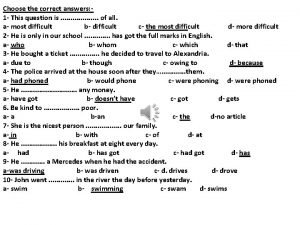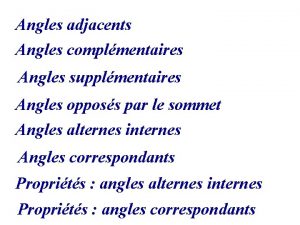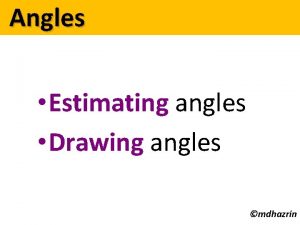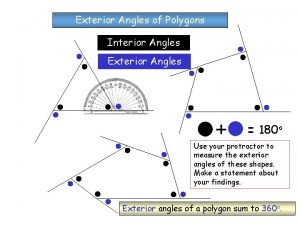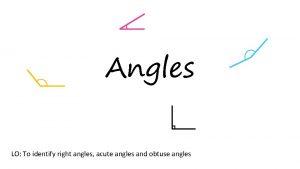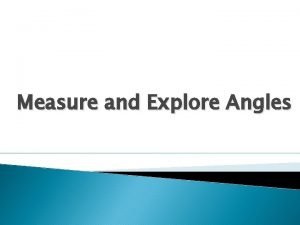Peterson Working the Angles Choose an Amanuensis You







- Slides: 7

Peterson – Working the Angles • Choose an “Amanuensis. ” • You have made an outline his chapters and have grasped his argument’s focus and direction. Can you tell me his logic? How does each chapter “fit together? ” • Indicate to me what are the most essential issues for you. • Make a list of insights and truths worthy of our discussion/reflection in class. • Memorable “Peterson-isms” Quotes.

How To Read Anything…Well • 1. RECURRENCE – The repetition of the same or similar terms, phrases, or other elements. • 2. CONTRAST – The association of things whose differences are stressed by the writer. Key terms: But, however. • 3. COMPARISON – Association of things whose similarities (likenesses) are stressed by the writer. Key terms: Like, as.

How To Read Well • 4. CLIMAX – Movement from lesser to greater, toward a high point of culmination and intensity. (Involves implicitly an element of contrast, and usually causation. ) • 5. CRUCIALITY - PIVOT – The device of the pivot to produce a radical reversal or complete change or direction. (Involves implicitly recurrence of causation and contrast. ) • 6. PARTICULARIZATION – The movement from the general to the particular. (involves implicitly preparation/realization. )

How To Read • 7. GENERALIZATION – The movement from particular to general. (Involves implicitly preparation/realization. ) • 8. CAUSATION – The movement from cause to effect. (Involves implicitly preparation/realization. ) Key terms: Therefore, consequently. • 9. SUBSTANTIATION – The movement from effect to cause. (Involves implicitly preparation/realization. ) Key terms: For, because, since. • 10. STATEMENT OF PURPOSE – The movement from means to end; a statement that declares the end, or purpose, and the means whereby the end is achieved. Key terms: In order that, so that. (Involves implicitly causation. )

How To Read • 11. INTRODUCTION – The background or setting for events or ideas. • 12. SUMMARIZATION – An abridgment (summing up) either preceding or following a unit of material. (Sometimes very similar to a general statement, but contains more specifics than a general statement. ) • 13. PROBLEM-SOLUTION – A problem or question, followed by its solution or answer. (Involves implicitly preparation/realization. and often causation. The problem/solution type involves contrast. )

Peterson – Working the Angles “Gaza Notes” • Acts 8: 30 “Do you understand what you are reading? ” – ginw, skeij a] avnaginw, skeijÈ • Acts 8: 31 “How can I, ” he said, “unless someone explains it to me? ” – eva. n mh, tij o`dhgh, sei meÈ

How To Read Psalm 40: 6 Sacrifice and offering you did not desire, but my ears you have pierced; burnt offerings and sin offerings you did not require.



